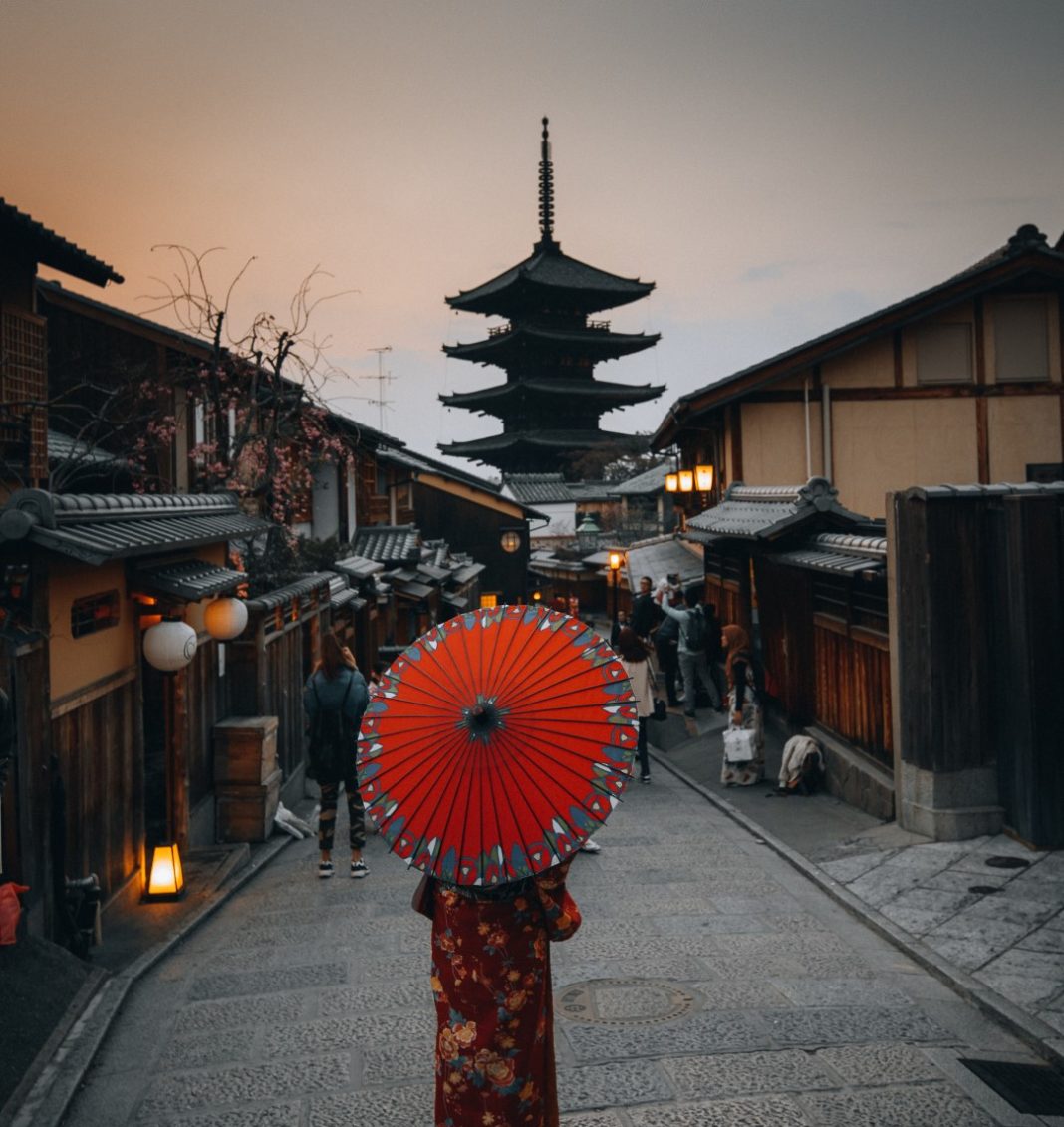The JR Nara line runs between Kyoto and Nara, the two former Imperial capitals of Japan.
In AD 710, Nara was established as Japan’s first imperial capital. Buddhism was introduced in Japan in the 6th century via the Silk Route through Central Asia, China and Korea. Later in 752, Nara’s Todaiji temple was built, and Buddhism became the imperial court’s religion. Today, Todaiji temple is one of Nara’s landmarks. Inside Todaiji temple, the Big Buddha Hall remains as world’s largest wooden building.
In 784, the capital was moved from Nara to Nagaoka first, then in 794 to Kyoto. The emperor decided to change the location reason being he was searching for an efficient water transportation routes and more land for buildings. Also, with the growing influence of Buddhism, the emperor was said to be wary of the Buddhist clergy and courtiers in Nara.
Kyoto remained the Imperial seat until 1868 before it was taken over by Tokyo (then called Edo).
To discover more about the significance of Nara and Kyoto, the two important historical and cultural centres of Japan, hop on board the JR Nara line, beginning at the futuristic station: Kyoto Station (Platform 8, 9, 10).
JR NARA Line’s Key Destinations—> Kyoto, Tofukuji, Inari, Uji, Nara (Approximately 50 minutes journey)
JR Kyoto Station
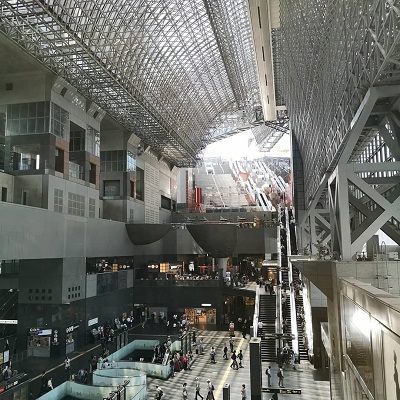
Photograph by gurenakaru on Instagram
The JR Nara Line departs from the hyper-modern JR Kyoto Station, a sharp contrast to Kyoto’s well-preserved historical landscape and abundance of nature. You would be seriously remiss if you did not spend at least a day or two exploring this cultural centre of Japan that was miraculously spared from air raids and atomic bombs during World War 2. Still confused about what to see and do in Kyoto? Check out our 3D2N itinerary here.
JR Tofukuji Station
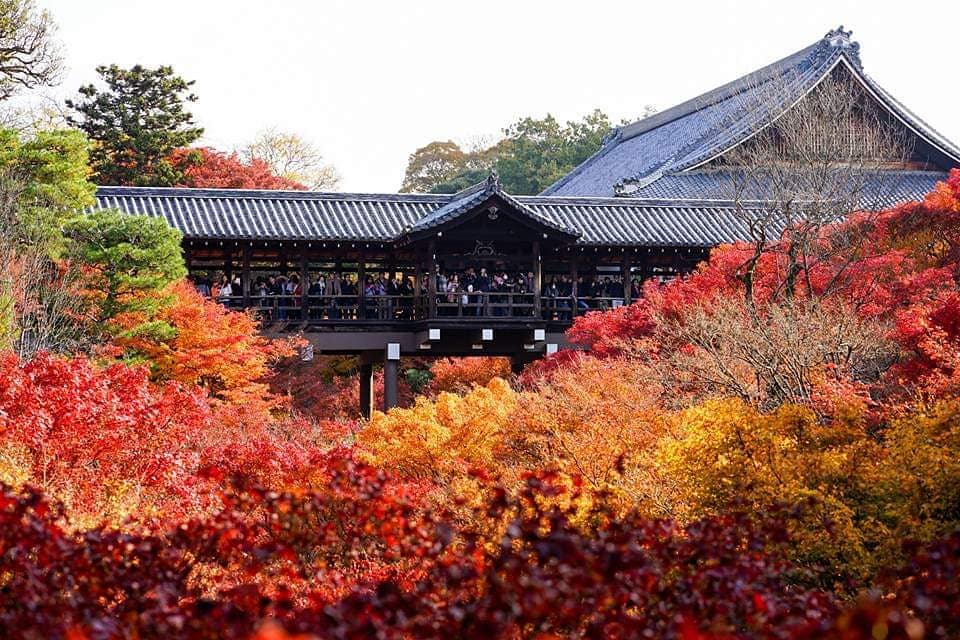
Photograph by yongjay on Instagram
We are riding towards the southeastern side of Kyoto and our first stop is Tofukuji.
Check out the large Zen temple, Tofukuji founded in 1236 which is renowned for its autumn colours that have captivated both locals and tourists to its compound during the fall season. Especially at the Tsutenkyo Bridge which is flanked by lush maple trees, turns out to be a mesmerising sight.
JR Inari Station
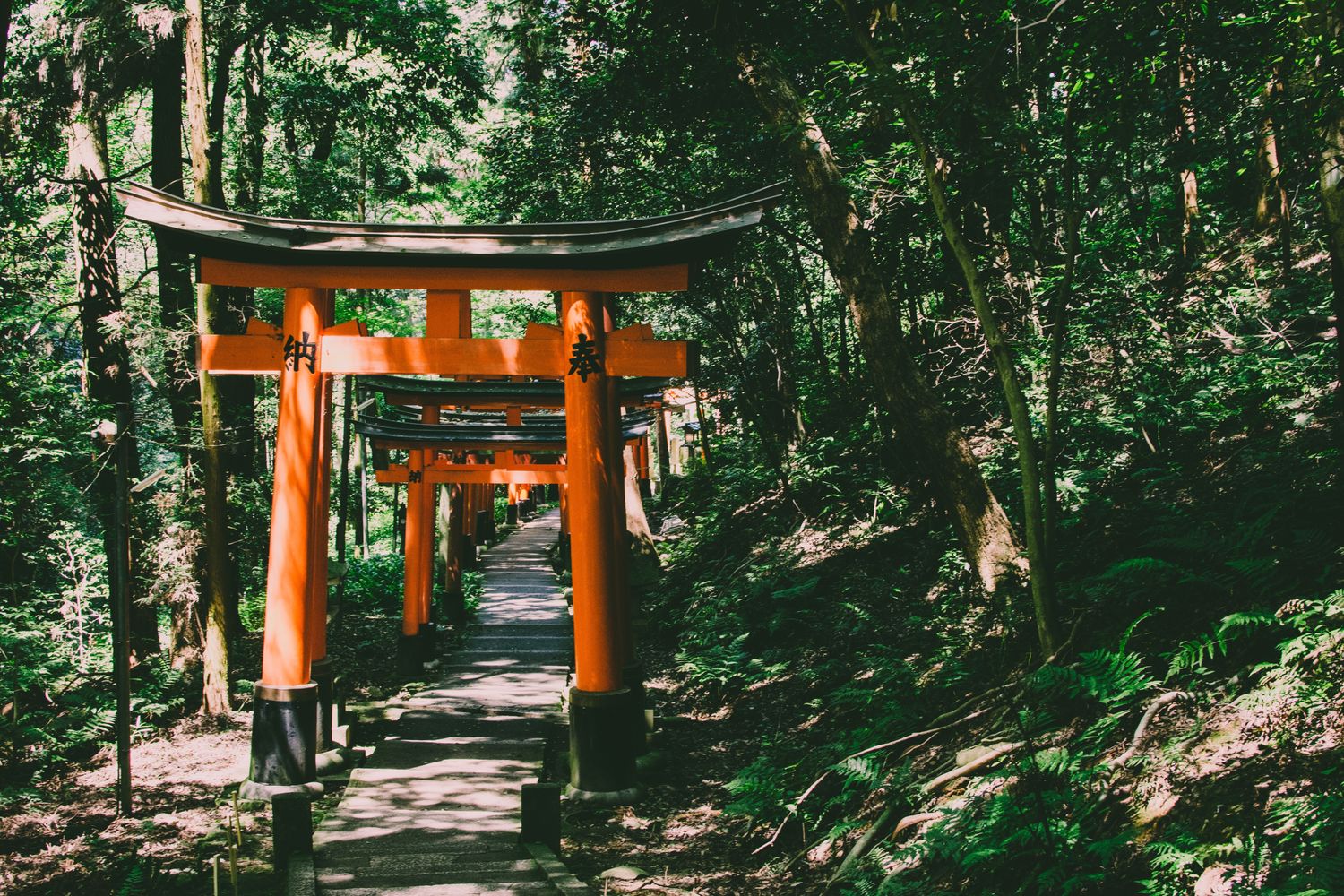
Photo by Jan Gottweiss on Unsplash
Next stop, we arrived at Inari Station. Home to 8th century Fushimi Inari Shrine, where more than 5,000 torii gates lead up to the mountain. Every year, nearly 3 million sightseers snap the vermilion gates, exactly like the one seen on those guidebooks!
Each torii gate is donated by a local business that has been blessed by the Inari Shrine.
According to the Japanese, the torii gate is a portal to the sacred world, it is a pathway for the gods, and one should not walk right in the middle of the way.
By the way, we are halfway to Nara!
JR Uji Station
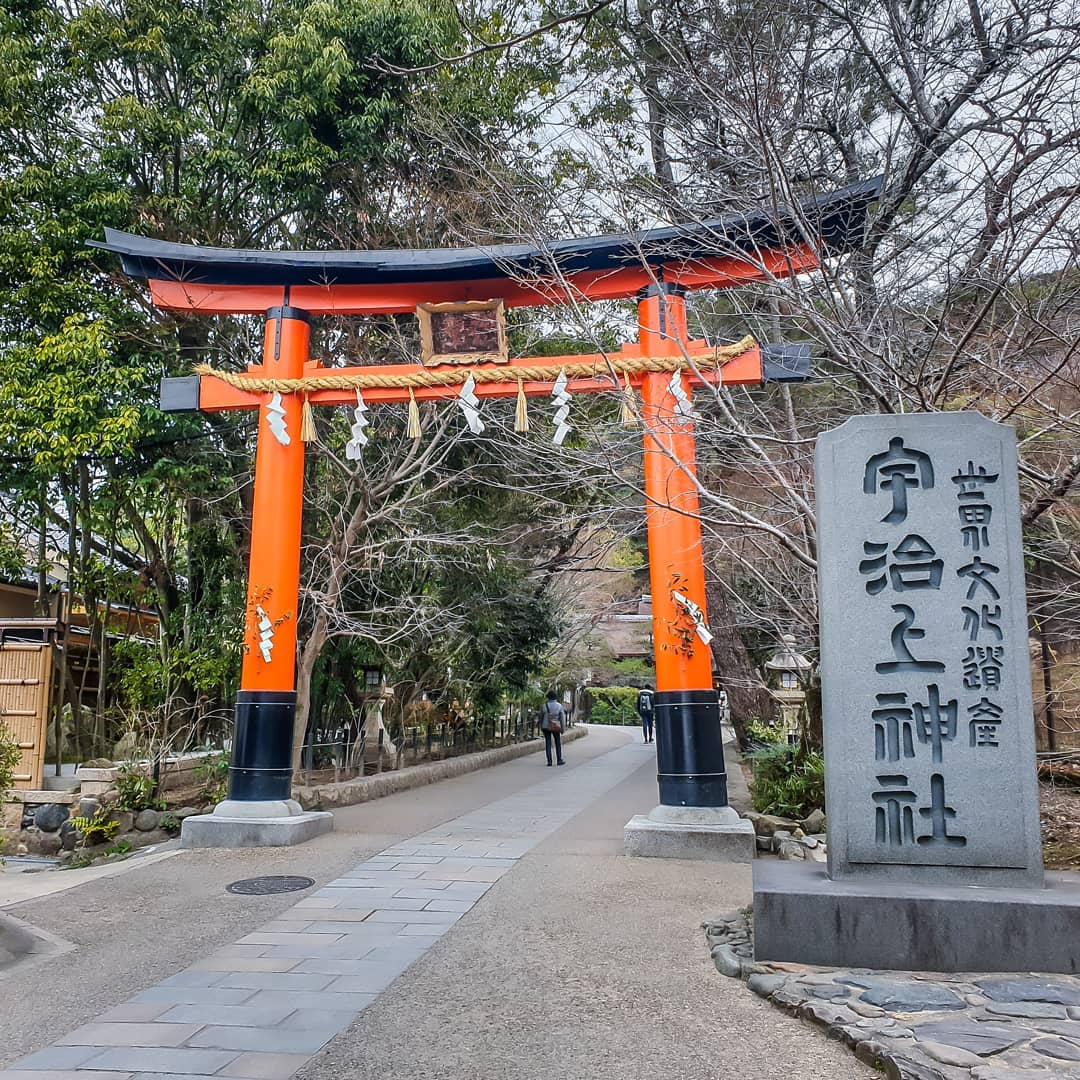
Photograph by ashanywhere on Instagram
Before the train calls at Nara, we will stop at Uji, a small city located in between Kyoto and Nara. Fans of matcha would be familiar with this name— Uji is one of the first places in Japan to start cultivating green tea and is world-renowned for its superior brews and green tea noodles!
According to the locals, here is where you step back in time to witness the oldest surviving shrine in Japan, Ujigami Shrine, dating to 1060.
JR Nara Station
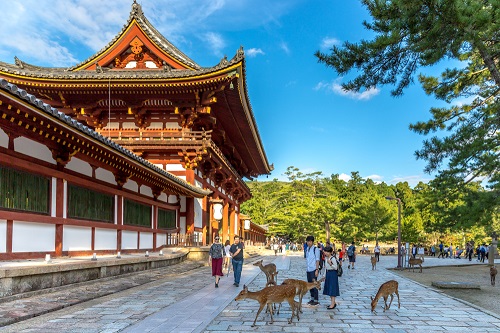
At last, we arrived at Nara Station in less than an hour! Nara was founded in 710 by Empress Gemmei, and the ancient capital was modelled after China’s Tang dynasty of Chang’an, which was Japan’s window to the world during that era.
Glimpses of Japanese, Chinese and Korean influences can be seen from its art and architecture in Nara. There’s Todaiji Temple, there’s Kasuga Taisha (the most revered Shinto shrine) and a museum of Buddhist art since Nara was the hub of Buddhism. But many tourists would have told you their agenda of visiting Nara is to be amongst the deers, the residents of Japan’s largest city park – Nara-koen Park. According to Japanese folklore, the deers have roamed Nara for centuries, and they arrived in Japan even before the Japanese crossed continental land bridges during the Ice Age. Hence, the deers are seen as sacred animals believed to be the guardians of the city.
The major sights can be covered on a day trip from Kyoto, but if you wish to stay over for one night, Nara has a reasonable but limited array of accommodations, so be sure to book ahead.
Ready to explore the land of the rising sun? Then you’ll need to have a JR Pass.
[su_button url=”https://japanrail.changirecommends.com/?utm_source=Discoverist&utm_medium=article&utm_campaign=japannightviews” target=”blank” style=”soft” background=”#8b3fc0″ size=”4″ radius=”round” icon=”icon: hand-o-right”]Explore with JR Pass![/su_button]

